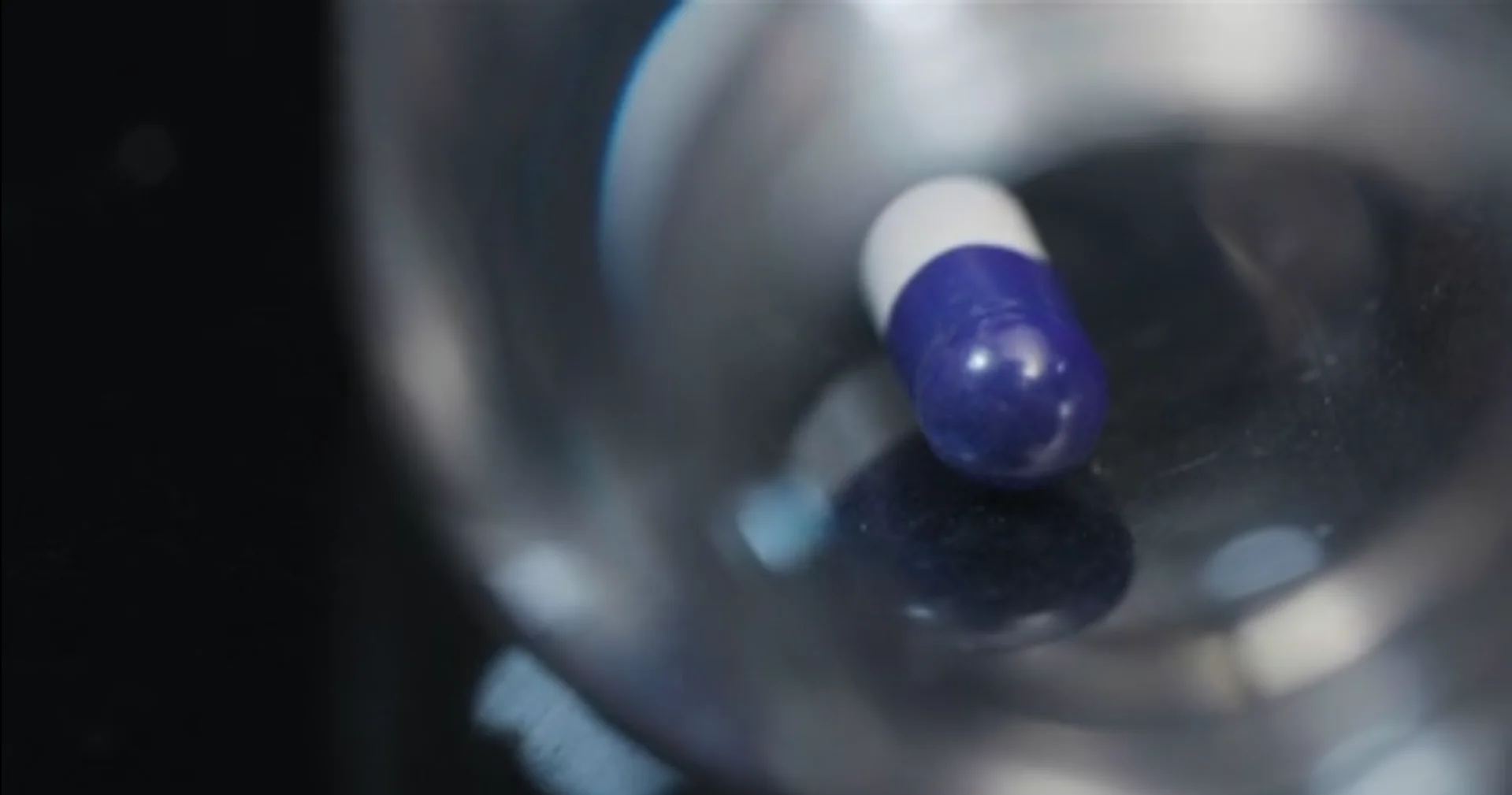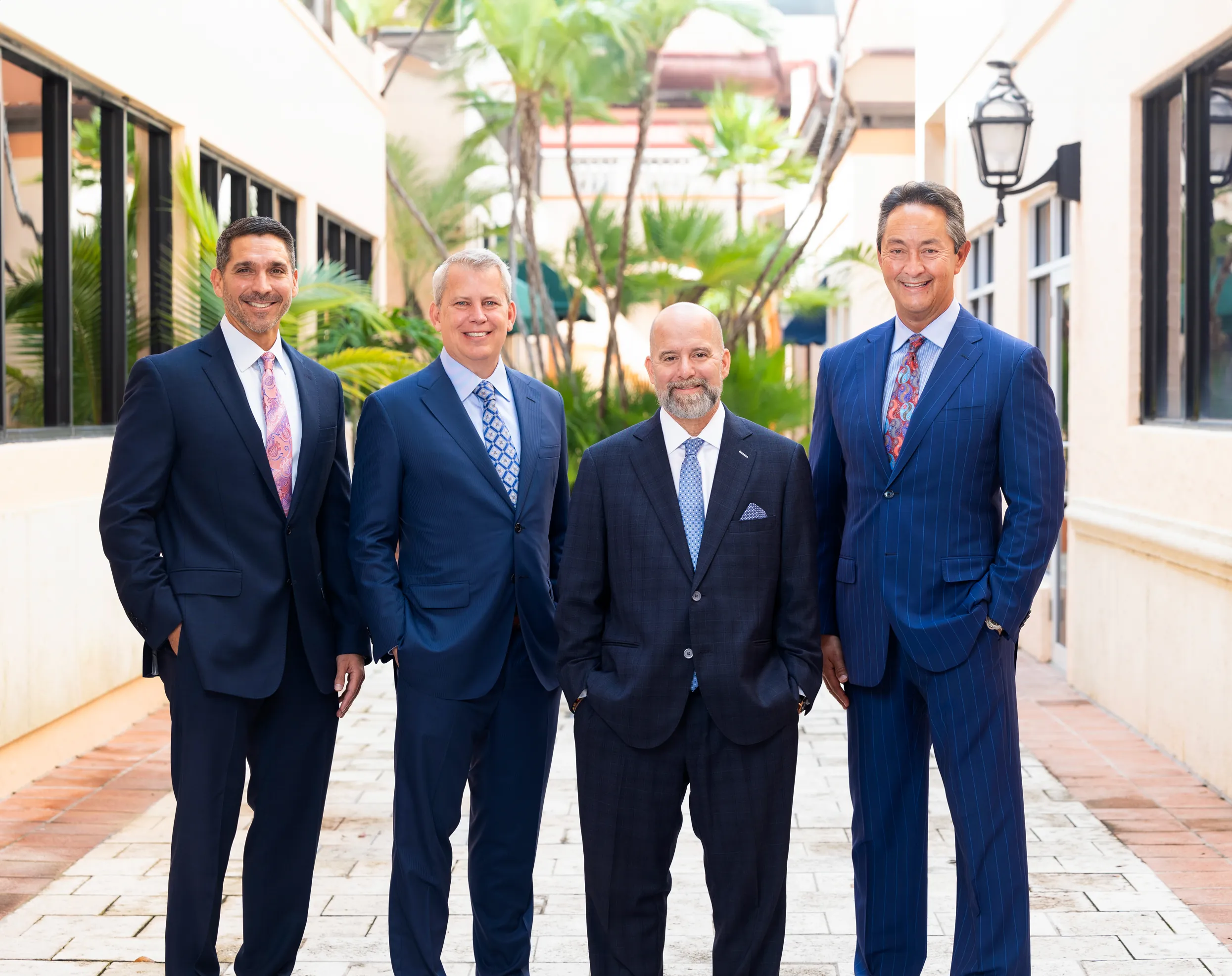Mass Tort Lawyer

Eligibility for a mass tort generally depends on having suffered specific damages or injuries caused by defective products, pharmaceuticals, or large-scale accidents. Unlike class actions, where plaintiffs share a uniform settlement, mass torts allow for varied compensation based on individual harm.
What is Mass Tort Litigation?
Mass tort litigation is a legal mechanism designed for cases where multiple plaintiffs file individual claims against a common defendant. This is typically seen in situations involving defective products, pharmaceuticals, or large-scale accidents. Unlike class actions, mass torts allow plaintiffs to have individualized legal outcomes based on the specific harm they experienced. This analysis covers the structure of mass tort litigation, its key aspects such as eligibility, and the importance of timely legal consultation to preserve plaintiffs’ rights.
One critical aspect of mass torts is the importance of seeking early legal consultation. Failure to act quickly may result in the loss of legal rights due to statutes of limitations, which place a time limit on when claims can be filed. Acting promptly ensures that potential plaintiffs maintain their ability to seek compensation for their injuries.
Injured and Have Questions?
Call us or request a case review by our experts.

Types of Mass Tort Cases
Defective Product Lawsuits
Defective product lawsuits are a form of product liability torts that allow individuals to seek compensation for injuries or damages caused by unsafe products. These lawsuits often involve claims related to faulty medical devices, malfunctioning electronics, unsafe toys, and defective vehicles. Each of these products carries inherent risks when they fail to perform as expected, potentially causing severe injury or even death.
For those affected by defective products like faulty medical devices, understanding the grounds for filing a lawsuit is critical. Plaintiffs in these cases must demonstrate that the product was defective in design, manufacturing, or lacked proper warnings, leading to their injury. The range of defective product lawsuits is broad, covering everything from pacemakers that malfunction to cars with faulty airbags or children’s toys that pose choking hazards.
One of the key questions potential plaintiffs often ask is: Can I file a defective product lawsuit? The answer depends on several factors, including the nature of the product defect, the extent of the injury, and whether the defect directly caused the harm. Consulting with an attorney specializing in product liability is essential, as strict time limits apply under statutes of limitations, and acting quickly is crucial to preserving your legal rights.
Pharmaceutical Mass Torts
Pharmaceutical mass torts allow large groups of individuals to pursue justice when they have been harmed by the actions of pharmaceutical companies. One major area of focus within this category is insulin price-fixing lawsuits, where diabetic patients are disproportionately affected by unlawful pricing schemes. These cases involve claims that insulin manufacturers have conspired to artificially inflate prices, making essential medications unaffordable for many who rely on them for their health and survival.
Victims of insulin price-fixing practices can seek justice through mass tort litigation, holding pharmaceutical companies accountable for unethical pricing strategies. Unlike individual lawsuits, mass torts allow each plaintiff to maintain their own case while sharing key evidence that supports a broader claim against the defendants.
For those affected by the rising costs of insulin, obtaining insulin price-fixing lawsuit assistance is critical. Consulting with an attorney specializing in pharmaceutical mass torts can help determine eligibility for these lawsuits. Plaintiffs must act quickly to ensure their claims are filed within the statutes of limitations, protecting their rights to compensation for the financial harm caused by these unlawful practices.
Environmental and Toxic Exposure Claims
Environmental and toxic exposure claims arise when individuals or communities suffer harm due to exposure to dangerous chemicals or pollutants. Common types of these claims include lead contamination lawsuits and contaminated water supply lawsuits, where exposure to hazardous chemicals results in serious health issues such as cancer, neurological damage, and respiratory problems.
In cases involving toxic exposure to hazardous chemicals, plaintiffs can seek compensation through mass tort claims, holding responsible parties accountable for negligence. Whether the exposure occurred through tainted drinking water, as in some high-profile environmental cases, or through lead contamination in homes, individuals have the right to pursue justice for the harm caused by such negligence.
One of the most prevalent types of toxic exposure lawsuits involves asbestos. For individuals wondering how to file a mass tort claim for asbestos exposure, the process typically begins by consulting with an experienced attorney who specializes in environmental and toxic exposure cases. They can help determine whether the exposure qualifies for a mass tort claim and guide claimants through the legal steps required to file before statutes of limitations expire.
Civil Rights Mass Torts
Civil rights mass torts are legal actions that address widespread violations of fundamental rights, where large groups of individuals are affected by systemic injustices. Common cases include police misconduct lawsuits and institutional sexual abuse lawsuits, where victims seek accountability for abuse of power, discrimination, or violence committed by authorities or institutions.
Civil rights mass torts require specialized legal representation due to the complexity of proving systemic violations and holding powerful entities accountable. These cases differ from individual lawsuits by allowing multiple victims to join forces in pursuit of justice, each bringing their own experience of abuse while contributing to a collective effort against the wrongdoing.
Many potential plaintiffs ask: How does a civil rights mass tort differ from other cases? While other mass torts may focus on defective products or environmental harms, civil rights mass torts involve violations of constitutional or human rights, often requiring a deeper investigation into systemic practices within institutions. Consulting an attorney experienced in civil rights law is crucial for navigating the unique challenges of these cases and ensuring that the legal strategy is tailored to address both individual and collective harm.
Occupational Hazard Lawsuits
Occupational hazard lawsuits are legal claims filed by workers who have been harmed due to unsafe working conditions or exposure to dangerous substances in the workplace. These lawsuits often involve asbestos exposure, which can lead to severe respiratory diseases like mesothelioma, or benzene exposure, known to cause life-threatening conditions such as leukemia. Workers in industries like construction, manufacturing, and chemical processing are particularly at risk due to prolonged exposure to hazardous environments.
Filing occupational hazard tort claims can help workers seek compensation for medical expenses, lost wages, and long-term health effects caused by these dangerous conditions. These claims hold employers accountable for failing to provide adequate protection or safety measures in workplaces where harmful substances are present.
For many workers, a pressing question is: What are my options if I’ve been exposed to hazardous chemicals at work? Consulting an attorney who specializes in occupational hazard lawsuits is the first step toward understanding your rights. A legal expert can help determine whether your case qualifies for a mass tort claim, ensuring that you take action before statutes of limitations run out, preserving your ability to recover damages for the harm you’ve suffered.
Injured and Have Questions?
Call us or request a case review by our experts.

Specialized Legal Representation in Institutional Sexual Abuse Cases
RDCY provides specialized legal representation for survivors of institutional sexual abuse, including cases involving abuse in religious institutions, schools, and prisons. These cases often involve systemic failures that allow predators to exploit their positions of authority, leaving victims traumatized and in need of justice. RDCY is deeply committed to standing up for these victims, ensuring that the institutions responsible are held accountable for enabling or covering up abuse.
Institutional sexual abuse victims deserve aggressive legal advocacy that addresses the complexities of these cases. RDCY’s legal team brings a wealth of experience in navigating the unique challenges posed by institutional abuse claims, including uncovering hidden patterns of misconduct, securing evidence, and dealing with powerful organizations. The firm’s approach ensures that victims receive the compensation and recognition they deserve while holding perpetrators and institutions accountable for their actions.
For many survivors, one of the first questions is: How can I sue for institutional sexual abuse? RDCY helps victims understand their legal rights and guides them through the process of filing a lawsuit. From initial consultation to final resolution, the firm offers compassionate yet determined legal support to ensure survivors can seek justice within the constraints of statutes of limitations and other legal requirements.
Multidistrict Litigation (MDL) and Mass Tort Settlement Process
Multidistrict litigation (MDL) is a legal process designed to consolidate and manage large numbers of complex cases that share common issues. By grouping similar cases into one jurisdiction, multidistrict litigation strategies allow for more efficient handling of pre-trial procedures, such as discovery, motions, and evidence gathering. This streamlining is especially useful in mass tort cases, where numerous plaintiffs have been affected by the same product, event, or wrongdoing, but each individual case remains distinct in terms of personal damages.
Multidistrict litigation simplifies mass tort proceedings by reducing the burden on courts and preventing conflicting rulings from multiple jurisdictions. Once the pre-trial phase is complete, cases are either settled collectively or sent back to their original courts for individual trials. This approach ensures that mass tort claims are processed more efficiently while still addressing the unique circumstances of each plaintiff.
Many plaintiffs involved in large-scale lawsuits wonder: What is multidistrict litigation (MDL)? MDL is a critical component of the mass tort process, particularly for cases involving defective drugs, medical devices, or environmental hazards. Consulting with an attorney who specializes in MDL ensures that plaintiffs understand the benefits and potential outcomes of their case being included in a multidistrict litigation process.
Understanding MDL Procedures
Multidistrict litigation (MDL) is a crucial legal mechanism that simplifies the handling of mass tort cases by grouping similar lawsuits into a single federal court for pre-trial proceedings. This process is especially effective when numerous plaintiffs file claims against the same defendant over similar injuries or damages, as seen in cases involving defective products, pharmaceutical drugs, or environmental disasters.
Multidistrict litigation simplifies mass tort proceedings by consolidating cases with common factual issues. This strategy streamlines the discovery process, reduces the burden on courts, and helps avoid inconsistent rulings across different jurisdictions. After key pre-trial steps are completed, individual cases can either be settled collectively or returned to their original courts for separate trials if needed.
The use of multidistrict litigation strategies helps ensure that mass tort cases are handled efficiently while still preserving the unique elements of each individual claim. MDL allows plaintiffs to share evidence, expert testimonies, and legal resources, ultimately expediting the legal process without sacrificing the right to individualized settlements or judgments.
For plaintiffs unfamiliar with this process, the question often arises: What is multidistrict litigation (MDL)? MDL is an essential tool for managing complex cases involving large numbers of plaintiffs, particularly when a common cause links their injuries. Working with a legal team experienced in MDL ensures that plaintiffs understand how their case fits into the larger litigation and maximizes their chances for a successful outcome.
Mass Tort Settlement Process
The mass tort settlement process is a structured legal pathway designed to resolve claims involving numerous plaintiffs who have suffered similar harm from a common defendant. Unlike individual lawsuits, mass torts allow each plaintiff to maintain their unique case while benefiting from collective legal action. Here’s a breakdown of the typical steps involved in a mass tort settlement:
- Investigation and Case Evaluation: The process begins with a thorough investigation into the claims, where attorneys gather evidence to determine the scope of the harm and identify the responsible parties. This includes reviewing medical records, product data, or environmental exposure reports.
- Filing the Lawsuit: After evaluating the merits of the case, individual plaintiffs file their claims. These cases may be consolidated into multidistrict litigation (MDL) or proceed through mass tort procedures in state courts.
- Discovery and Pre-Trial Proceedings: During this stage, both sides exchange evidence, interview witnesses, and consult expert testimonies. This helps build a strong case for settlement negotiations or trial.
- Negotiation and Settlement Talks: In many cases, defendants may opt for a settlement to avoid prolonged litigation. Mass tort settlements often involve complex negotiations between legal teams, resulting in compensation packages for the plaintiffs based on the severity of their injuries.
- Resolution and Compensation: Once a settlement is reached, each plaintiff receives compensation based on their individual circumstances. The amounts vary, depending on factors like the extent of injuries, medical expenses, and the degree of negligence involved.
A common question many plaintiffs ask is: What compensation can I expect in a mass tort case? Compensation varies greatly depending on the specific case, but typically includes medical costs, lost wages, pain and suffering, and in some cases, punitive damages. Consulting with a knowledgeable attorney is essential for understanding the potential compensation and ensuring a fair outcome.
RDCY’s Track Record in Defective Product Litigation
RDCY has established itself as a leader among defective product litigation experts, successfully representing clients in cases involving defective medical devices, unsafe consumer products, and faulty machinery. Their proven track record highlights their dedication to securing substantial settlements for individuals who have been harmed by products that fail to meet safety standards. From pacemakers that malfunction to dangerous household items, RDCY has consistently delivered results for its clients.
In one recent case, RDCY represented a group of plaintiffs in a lawsuit against a medical device manufacturer. The clients had experienced serious health complications due to a defective implant. Through diligent investigation, expert witness testimony, and aggressive negotiation, RDCY secured a significant settlement that provided compensation for medical bills, lost wages, and long-term care.
By consulting RDCY, clients can navigate complex mass tort claims with confidence. The firm’s expertise in defective product litigation ensures that each case is meticulously prepared, from evidence gathering to settlement talks. Their experience in both individual and multidistrict litigation (MDL) has enabled them to represent clients effectively, even in the most challenging legal environments.
RDCY’s ability to manage large-scale litigation and fight for the rights of injured individuals makes them the go-to firm for anyone seeking justice in a defective product case.
Injured and Have Questions?
Call us or request a case review by our experts.

How to File a Mass Tort Claim
Filing a mass tort claim can seem daunting, especially in niche areas like insulin pricing litigation or claims arising from natural disasters. Mass torts allow individuals to pursue compensation for widespread harm caused by corporate misconduct or negligence while retaining the unique aspects of their individual cases. Here’s a step-by-step guide to help you understand the process:
- Consultation with an Attorney: The first step is to contact a law firm with expertise in mass tort litigation. RDCY’s expertise in handling complex mass tort litigation ensures that your claim will be evaluated thoroughly. During this consultation, an attorney will determine if your case fits the criteria for a mass tort, such as large groups of people being harmed by the same issue.
- Case Evaluation: Once it’s established that you have a viable claim, your attorney will conduct a detailed investigation, gathering medical records, financial documents, or any other necessary evidence. In cases like insulin price-fixing litigation, this might involve reviewing pricing data and documents demonstrating the harm caused by inflated costs.
- Filing the Claim: Your lawyer will then file the mass tort claim in court, either as part of a larger multidistrict litigation (MDL) or in state court. This process consolidates similar cases, allowing for streamlined proceedings but still respecting the individual aspects of each case.
- Pre-Trial Discovery: During this phase, both sides exchange information and evidence. For cases like natural disaster mass torts, this could involve technical data about environmental damage, as well as testimony from affected residents.
- Negotiations and Settlement: Often, mass tort cases are settled before going to trial. RDCY’s attorneys are skilled negotiators, ensuring that settlements reflect the severity of the harm suffered by plaintiffs. In cases like consumer fraud, this stage may involve compensating victims for financial losses due to deceptive practices.
For those asking, How do I get started with a mass tort claim for consumer fraud? The process begins by consulting with an attorney who specializes in mass torts, such as RDCY. They will assess whether your case qualifies and guide you through the legal steps, ensuring your rights are protected and that you maximize your chances of receiving appropriate compensation.
Mass Tort FAQ
- How do I know if my case qualifies for a mass tort lawsuit?
To determine if your case qualifies for a mass tort, it must involve a large group of individuals harmed by the same product, event, or action. Each individual’s claim must demonstrate that the defendant’s negligence or misconduct caused their injury. Consulting a specialized attorney, like those at RDCY, is the best way to assess your eligibility for a mass tort. - What’s the difference between a defective product recall and a mass tort case?
A defective product recall is initiated by manufacturers or regulators when a product is deemed unsafe, requiring it to be removed from the market. A mass tort case, on the other hand, is a legal action taken by multiple plaintiffs who have suffered injury due to the product, seeking compensation for damages caused by its defect. - How do I prove financial damages in insulin pricing litigation?
Proving financial damages in insulin pricing litigation involves gathering evidence such as medical bills, receipts for insulin purchases, insurance statements, and any other documentation showing inflated prices. Attorneys will also work with economic experts to demonstrate how unlawful pricing has financially harmed you over time. - How does a mass tort legal process work for toxic exposure claims?
The mass tort legal process for toxic exposure claims starts with identifying common harm suffered by a large group of plaintiffs due to exposure to hazardous substances (such as chemicals or pollutants). After an investigation and case evaluation, plaintiffs’ claims are filed, consolidated for efficiency, and proceed through discovery, pre-trial motions, and often settlements. Each plaintiff’s individual harm is addressed within the broader framework of the mass tort. - Is there a time limit for starting a mass tort lawsuit?
Yes, mass tort claims are subject to statutes of limitations, which set a time limit for when you can file a lawsuit. These limits vary depending on the nature of the injury and the jurisdiction. It’s crucial to consult an attorney as soon as possible to ensure your claim is filed within the required time frame, as waiting too long may result in losing your right to seek compensation. - What is the process for joining a multidistrict litigation case?
To join an MDL case, your attorney will file your claim and request that it be included in the consolidated multidistrict litigation. The MDL centralizes similar cases under one court for pre-trial proceedings, but each case remains individual in nature. Your attorney will handle the filing and inclusion process, ensuring your case is part of the larger litigation while still addressing your specific damages.
Free Consultation
For individuals affected by defective products, environmental hazards, or corporate negligence, seeking a free consultation with RDCY can be the first step toward understanding your legal rights and pursuing justice. RDCY’s experienced legal team offers personalized consultations to assess the merits of your mass tort claim, whether it’s related to pharmaceutical litigation, toxic exposure, or consumer fraud. This no-cost service allows potential clients to explore their legal options without any upfront financial commitment.
By consulting RDCY, clients can navigate complex mass tort claims and secure justice for their harm, whether through settlement negotiations or litigation. During your consultation, RDCY’s attorneys will review the details of your case, evaluate the evidence, and explain the legal process specific to mass torts. This step is crucial for identifying your eligibility to join a mass tort lawsuit and understanding the potential outcomes, including compensation for medical expenses, lost wages, and other damages.
Many potential plaintiffs ask, What happens during a mass tort consultation with RDCY? In a typical consultation, the legal team will listen to your experience, gather essential information about the harm you’ve suffered, and provide advice on whether your case qualifies for mass tort litigation. RDCY will also explain the next steps in filing a claim and how they can help guide you through the complexities of the legal process.
A free consultation with RDCY is the first step toward holding negligent parties accountable and ensuring that your rights are protected throughout the mass tort litigation process.




